Beyond Practice: The Strategic Advantage of Private Music Lessons
The Competitive Advantage Most Student MusiciansOverlook — and Why It Matters More Than Ever in Collegiate Music Admissions and Scholarships.
Read More
AccoladiTeacher.com is designed specifically for performing arts teachers, giving you access to resources that help guide students and their families through every step of the collegiate journey: from school selection and applications to auditions, scholarships, and acceptance.
While teachers are at the heart of this site, we also support students, parents, collegiate and summer enrichment recruiters, and school district fine arts directors. To ensure each community has a dedicated space, we've created tailored websites:
Performing Arts Teachers: this is your home base. Please continue your registration here on AccoladiTeacher.com.
Everyone else: begin your journey at the site designed for your role.

Shedding light on the financial freedom performing arts students deserve—and the billions in performing arts scholarships many never knew existed
On any given Saturday, college football stadiums are packed to the brim with screaming fans, creating an illusion of athletic dominance.
But beyond the cheers and the roar of the crowds, there is a lesser-known reality: more performing arts scholarships are available than athletic scholarships. This is not a coincidence, but a result of the NCAA rules that govern student athletes.
Unlike performing arts students, student athletes are restricted by the NCAA rules, which determine the amount of scholarship money they can receive based on their sport and the college's NCAA division. Additionally, they can only accept scholarships from their school and are limited to receiving general academic scholarships.
On the other hand, performing arts students have the freedom to receive scholarships from both their school and non-institutional (third-party) sources. This means they can receive funding from groups that are not part of a college or university, such as The American Viola Society or the Nashville Opera Guild. This freedom extends throughout their education, even if they decide to pursue a doctoral degree.
This lack of restriction has resulted in more scholarship money available to performing arts students than athletic students. In fact, there are six performing arts students for every athletic student on college campuses. When performing arts students utilize all the available resources, they receive $7 in scholarship money for every $1 student athletes receive from their institutional scholarships. This translates to over $5 billion in scholarship money available to performing arts students each year.
While athletic scholarships are often touted as the path to success for student athletes, performing arts scholarships are the untold story of unrestricted funding. This freedom not only makes college education more affordable for performing arts students, but also more enjoyable as they pursue their passion for music, dance, or theater.
.png) ARTICLE GLOSSARY
ARTICLE GLOSSARY
Academic Scholarship: A scholarship awarded based on a student’s academic achievements such as GPA or standardized test scores.
Athletic Scholarship: A scholarship awarded to student athletes based on their ability in sports, often regulated by NCAA rules.
Doctoral Degree: The highest academic degree awarded by universities, usually requiring years of study beyond a bachelor's or master's degree.
Division (NCAA Division): A classification used by the NCAA to group colleges based on the size of their athletic programs; determines scholarship limitations for athletes.
General Academic Scholarships: Non-specialized scholarships awarded for academic performance, not tied to athletic or artistic talent.
Institutional Scholarship: A scholarship provided directly by a college or university to a student.
NCAA (National Collegiate Athletic Association): An organization that regulates student athletes from over 1,000 North American institutions and sets rules for athletic scholarships.
Non-Institutional Scholarship (Third-Party Scholarship): A scholarship provided by organizations outside of a college or university—such as foundations, nonprofits, or arts societies.
Performing Arts: Art forms like music, dance, and theater that involve performance in front of an audience.
Performing Arts Scholarship: A financial award given to students based on their talent in the performing arts, which can come from both institutional and non-institutional sources.
Scholarship Money: Funds awarded to students to help cover the cost of education, usually based on merit, talent, or need, and not required to be repaid.
Student Athlete: A student enrolled in a college or university who also competes in varsity-level sports governed by the NCAA.
Objective: Middle school students often think scholarships are only for high school seniors, but many opportunities start much earlier. By understanding the scholarship process now, students can learn how to set themselves up for success—whether in music, academics, or leadership.
Lesson Script for the Director:
"We talk a lot about practicing your music and showing up for rehearsals, but there’s another way you can prepare for your future in music—scholarships. Some of you might think that’s far away, but it’s not. Many scholarships look for students who have a track record of commitment and growth, even in middle school. Today, you’re going to practice researching scholarships just like you’d prepare a piece of music. You’ll read carefully, take good notes, and organize your information so that, when the time comes, you’ll be ready to apply. Think of it like learning the warm-up for a piece you’ll perform in a few years—you’re building skills now that will make you confident later."
Assignment:
Student Reflection Prompt:
Grading Rubric:
| Criteria | Excellent (10–9 pts) | Proficient (8–7 pts) | Developing (6–5 pts) | Needs Improvement (4–0 pts) |
|---|---|---|---|---|
| Scholarship Accuracy (x2) | Both scholarships meet the non-institutional performing arts criteria with accurate details. | Both scholarships meet criteria but have minor errors. | One scholarship meets criteria; one is off-topic or incomplete. | Neither scholarship meets criteria. |
| Completeness (x2) | All 6 required details are provided for both scholarships. | Most details are provided with minor omissions. | Several missing details for one or both scholarships. | Many details missing for both scholarships. |
| Reflection Quality (x1) | Thoughtful, specific answers showing understanding of early preparation value. | Reflection addresses questions but lacks detail. | Minimal reflection with vague statements. | No reflection provided. |
| Organization & Presentation (x1) | Information is neatly organized, easy to read, and consistent. | Mostly organized with minor formatting issues. | Hard to follow or inconsistent format. | Disorganized or unreadable. |
Grading Scale (30 points possible):
Objective: Students will explore and compare various performing arts scholarships available to high school students, understand how they differ from athletic scholarships, and identify how scholarship flexibility can impact college affordability and access.
Assignment Instructions:
Helpful Starting Points:
Students may begin their search by visiting the following types of websites:
Grading Rubric
| Criteria | Excellent (10–9 pts) | Proficient (8–7 pts) | Developing (6–5 pts) | Needs Improvement (4–0 pts) |
|---|---|---|---|---|
| Scholarship Selection (x1) | Three scholarships selected meet the non-institutional criteria, are clearly performing arts related, and are varied in type and source. | Three scholarships meet criteria but are similar in type or source. | Two scholarships meet criteria; one is unrelated or institutional. | Fewer than two valid scholarships; little connection to performing arts. |
| Accuracy & Completeness of Information (x2) | All seven required questions are answered thoroughly, accurately, and with clear detail for each scholarship. | Most questions answered accurately with minor details missing. | Several questions answered vaguely or with missing/incorrect info. | Many questions unanswered or mostly inaccurate. |
| Depth of Research (x2) | Demonstrates clear effort in finding diverse, reputable sources beyond the provided list; citations or source links are included. | Uses provided list plus at least one outside credible source. | Limited research; mostly relies only on provided list without depth. | Minimal or no evidence of research effort. |
| Clarity & Organization (x1) | Information is presented neatly, logically, and consistently; easy to read and compare scholarships. | Mostly organized with minor inconsistencies in format. | Somewhat unclear or inconsistent format; harder to follow. | Disorganized, confusing, or incomplete format. |
| Analysis of Differences from Athletic Scholarships (x2) | Insightful, clear, and well-supported explanation of differences; shows understanding of scholarship flexibility and impact on affordability. | Adequate explanation of differences with some examples. | Vague or generic explanation with little connection to prompt. | No explanation or completely inaccurate comparison. |
Grading Scale
(40 points possible — weighted according to multipliers in rubric)
Dear ______________________________ Parents,
I know high school—and everything that comes with it—can feel a long way off when your child is still in middle school. But when it comes to preparing for their musical future, starting early is one of the smartest moves you can make.
You’ve probably heard about scholarships for athletes or top high school musicians, but here’s something many parents don’t know: some scholarships and awards are open to younger students—sometimes even in middle school. And for the ones that aren’t, the habits, skills, and experiences your child builds now can make a huge difference when they’re ready to apply in high school.
Scholarships come in two main types:
Here’s why this matters: performing arts students can combine multiple non-institutional scholarships with the aid they receive from a college, giving them a big financial boost. These opportunities are out there now, waiting to be discovered.
That’s why we’re going to start introducing students to the idea of scholarships this year. We’ll look at examples from organizations like the National Federation of Music Clubs, the National YoungArts Foundation, and local arts councils. I want my students to know that their hard work and dedication in middle school can set them up for real financial help down the road.
By the time your child enters high school, they’ll already have a strong portfolio of experience, making them competitive for opportunities they might not even know exist today.
We’re not just teaching music here—we’re helping students prepare for a future full of possibilities, on stage and beyond.
In Partnership and Purpose,
_________________________________________
[Music Teacher’s Name and Position]
____________________________________________________________
[Name of School]
Dear Parents,
I still remember the day I got my acceptance letter from my dream school. I was elated. My heart raced as I tore open the envelope, imagining myself in those practice rooms, surrounded by others who loved music as much as I did. What I didn’t think about—what I didn’t know to think about—was the scholarship package.
Back then, I assumed all scholarships came from the school. Period. I filled out the FAFSA, crossed my fingers, and hoped for the best. And while I did get some financial aid, and I got a music scholarship from the university, it wasn’t nearly enough. So, I soon signed loan papers with a shaky hand and the hopeful heart of someone chasing a dream.
Today, I’m still making monthly payments on that dream.
What breaks my heart isn’t the debt itself—it’s the knowledge that it didn’t have to be this way. If I had only known about non-institutional scholarships, I maybe could have saved myself from thousands of dollars in student loans. Organizations like The National Federation of Music Clubs, National YoungArts Foundation—groups that support students like mine every day—weren’t even on my radar.
That’s why I’m speaking directly to my students and their parents: don’t make the same mistake I did.
Please take a few minutes to read the article “Performing Arts Scholarships: The Untold Story of Unrestricted Funding” on Accoladi.com. (Oh and you are also going to want to check out on Accoladi.com the Accoladi Non-Institutional Scholarship Directory). It opened my eyes to something I never knew as a high school senior: that performing arts students aren’t limited like athletes are. They can receive multiple scholarships, not just from colleges, but from countless outside organizations.
In fact, for every dollar an athlete receives in institutional scholarship, performing arts students who know how to work the system can receive seven. That adds up to over $5 billion in available scholarship money every year. Yet too many students and families have no idea this opportunity even exists.
If I could go back, I’d research every local arts council, every national society, every private foundation that believed in the power of music and the potential of students like me. I’d apply early and often. And maybe—just maybe—I’d be telling a different story right now.
But here’s the good news: it’s not too late for you.
I’m making it my mission to make sure every student in my program knows about these resources. We’ll talk about them in class. We’ll look for them together. And I’ll do everything I can to help you graduate with opportunity—not future debt.
Don’t leave money on the table.
Read the article. Ask questions. Go after the support that’s waiting for you.
With Heart,
_________________________________________
[Music Teacher’s Name and Position]
____________________________________________________________
[Name of School]
Start your college journey with confidence!
Browse our library of helpful articles and directories made just for performing arts students and their families. Whether you're choosing a school, planning campus visits, preparing for auditions, applying for scholarships, or getting ready to submit applications—this is your go-to place for everything college.

.png)
The Competitive Advantage Most Student MusiciansOverlook — and Why It Matters More Than Ever in Collegiate Music Admissions and Scholarships.
Read More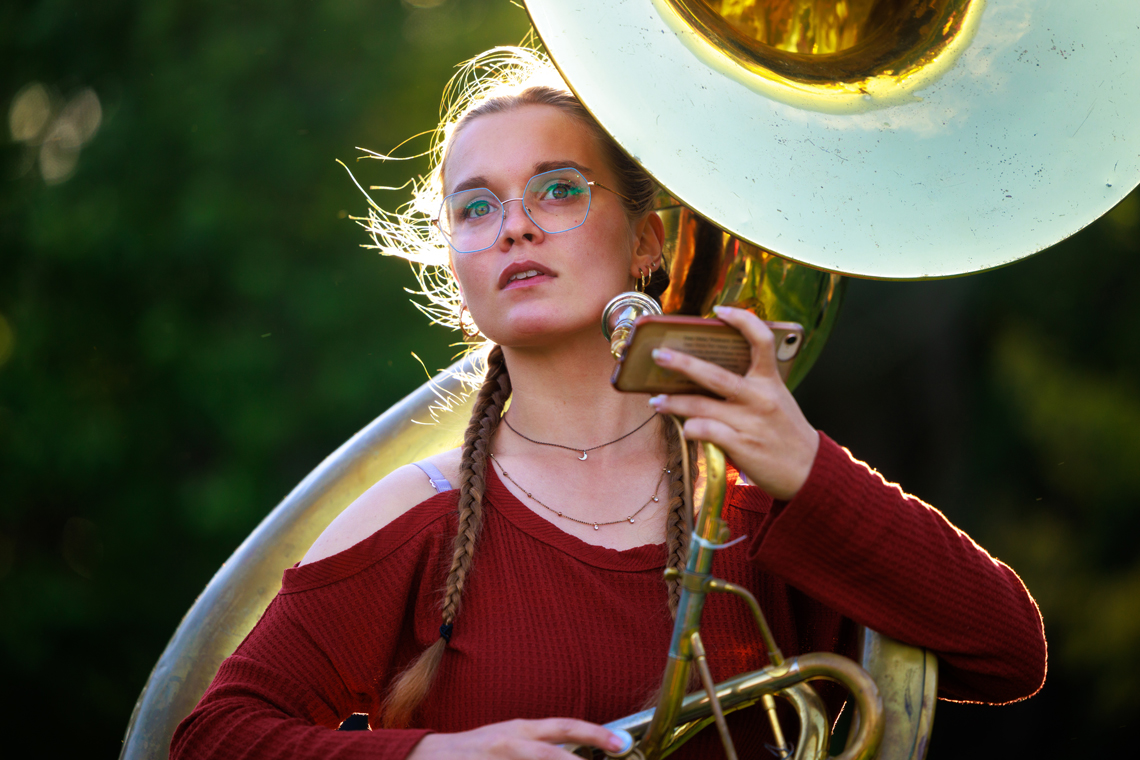
Explore how combining music with another field can open doors to exciting career opportunities.
Read More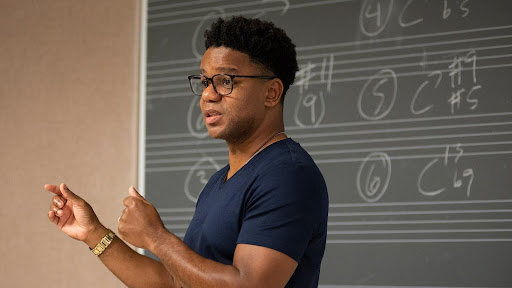
Get ahead in your music education journey with strategic dual enrollment opportunities.
Read More.jpg)
Discover proven strategies to build meaningful relationships with college music departments before you apply.
Read More.jpg)
From Baroque to modern, fast to lyrical—contrasting solos reveal a musician's full range in college auditions.
Read More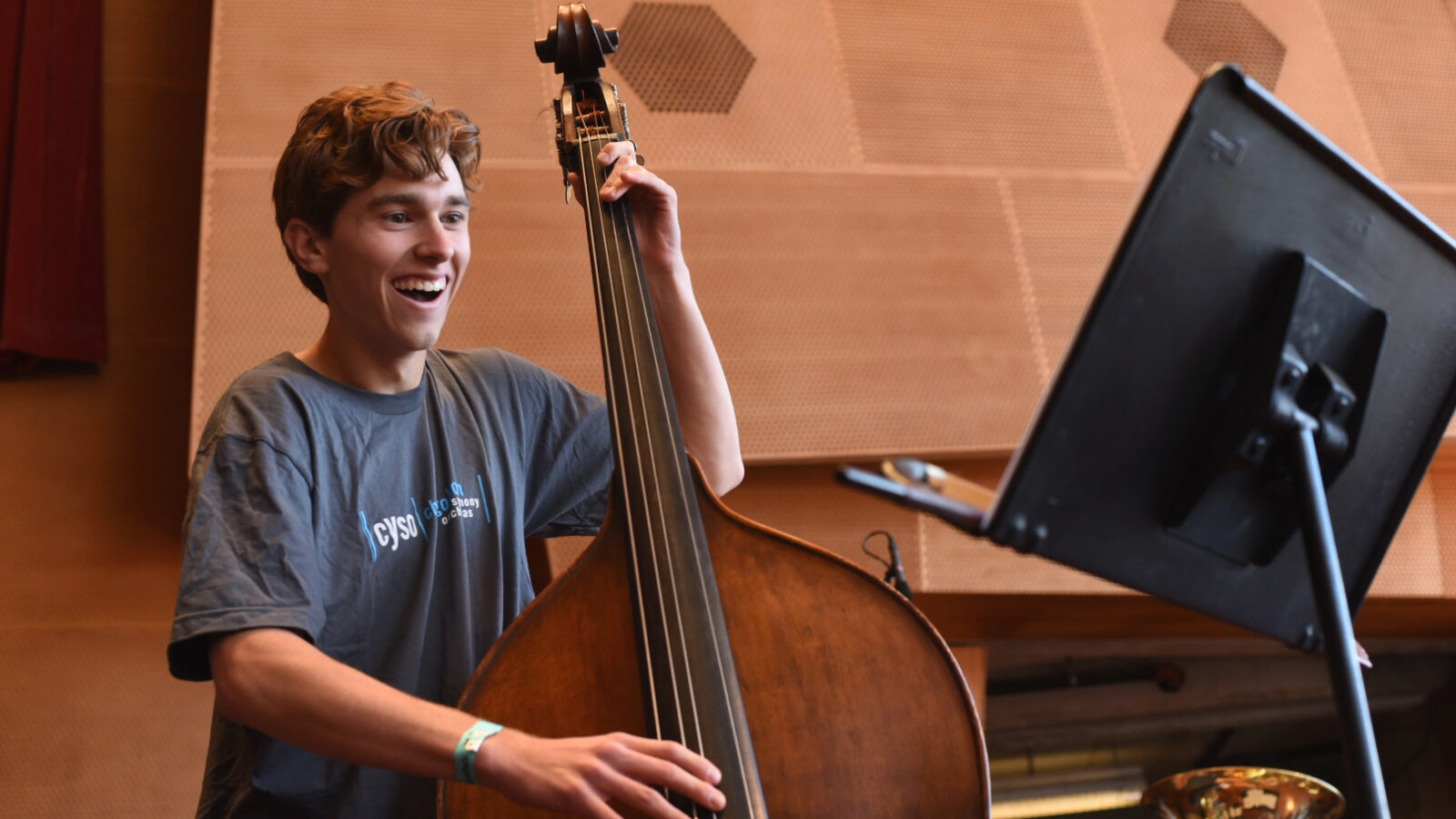
Discover why mastering just a few bars of music can make or break an audition and reveal your potential.
Read More.jpg)
Make a great first impression with proper college visit etiquette and smart questions.
Read More
A comprehensive roadmap to navigate the music school application and audition process successfully.
Read More.png)
Sometimes the smallest gestures-like a simple thank-you -- open the biggest doors. Discover how one note of gratitude changed everything.
Read More
Discover how college fairs tailored for music students can open doors to top programs and help you make meaningful connections before you ever audition.
Read More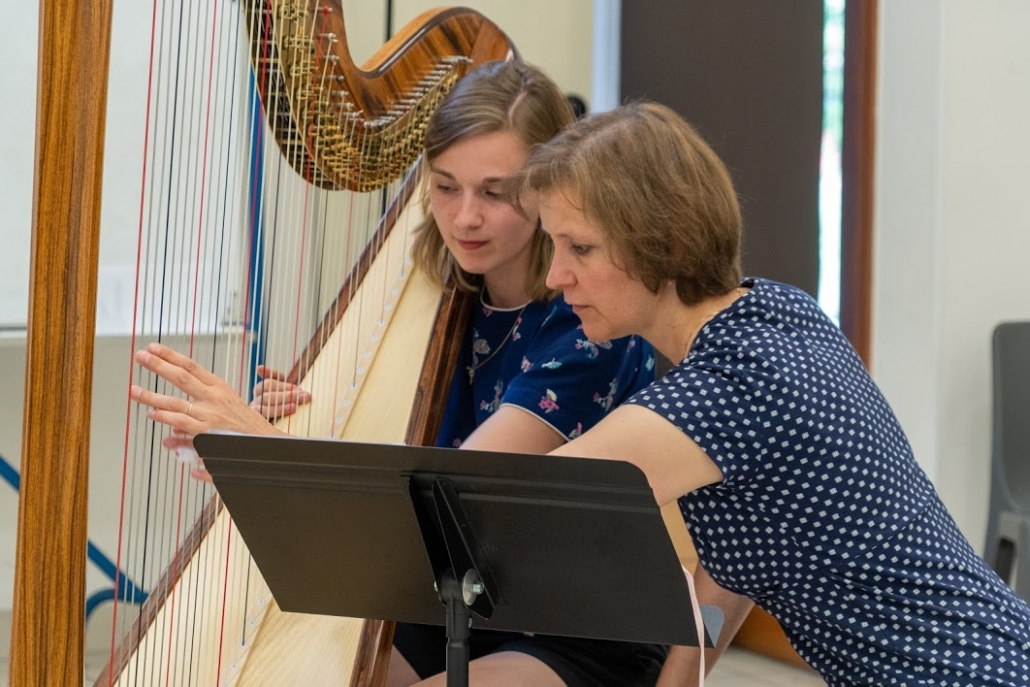
Private music lessons do more than sharpen skills — they unlock opportunity. Discover how one-on-one instruction builds confidence, hones performance, and opens doors to college auditions and scholarships.
Read More
Packed with proven strategies, expert insights, and inspiring real-life stories, it empowers musicians to turn performance anxiety into confident, expressive auditions.
Read More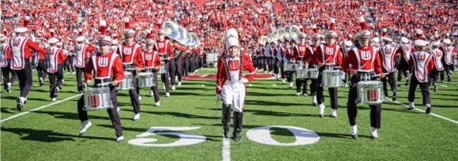
Discover how marching band can do more than make music—it can open doors to scholarships, leadership roles, and life-changing opportunities.
Read More.jpg)
Where nerves meet opportunity, growth begins. Discover how one powerful experience can elevate your student’s talent—and their college application.
Read More.png)
Professors don't just admit talent—they choose students they won't mind teaching every Tuesday morning before coffee, touring Europe with next spring, and introducing to their colleagues without bracing themselves first.
Read More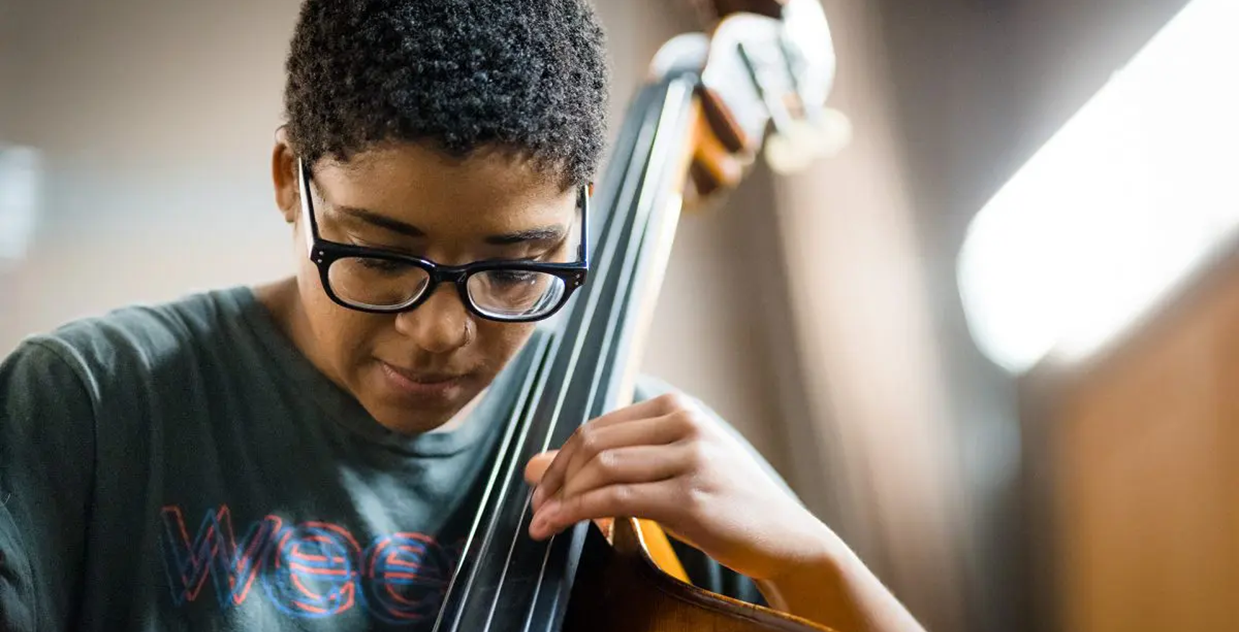
Think a music degree is out of reach because of cost? Think again. Whether you're aiming for college scholarships or exploring grants from arts organizations, this guide helps you uncover the many ways to fund your passion — and shows why applying early and often is the key to making your musical dreams a reality.
Read More
From nerves to notes, this guide helps student musicians face audition day with clarity, confidence, and control.
Read More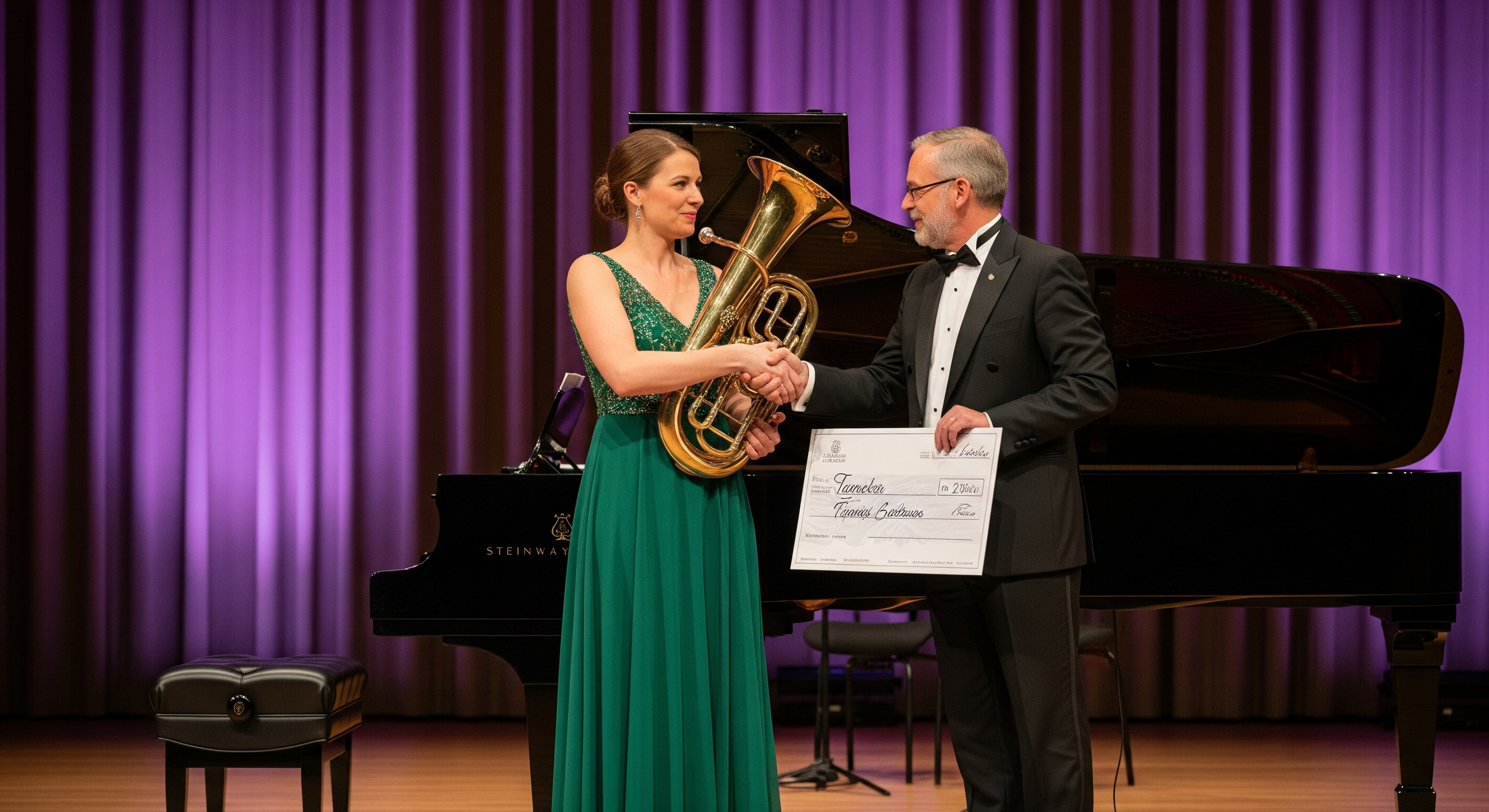
Shedding light on the financial freedom performing arts students deserve—and the billions in performing arts scholarships many never knew existed
Read More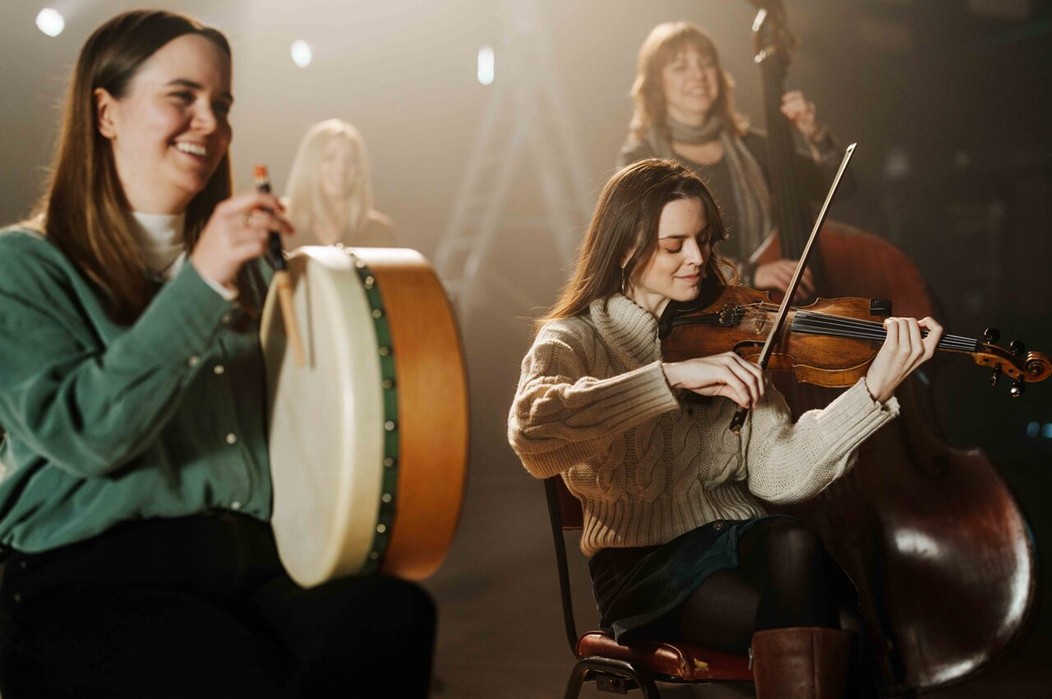
Talent is just the beginning. Learn how the right moves today—owning your child's UTL name, building their brand, and shaping their story—can set your young performing artist on a path to lasting stardom.
Read More
From first solo to final audition—how a carefully curated repertoire list becomes a student’s personal record of growth, readiness, and artistic identity.
Read More
Don't let travel troubles ruin your big audition! This guide has everything you need to ensure you and your instrument arrive.
Read More
Discover how decoding a composition’s name can elevate your performance, impress adjudicators, and help you stand out from the competition.
Read More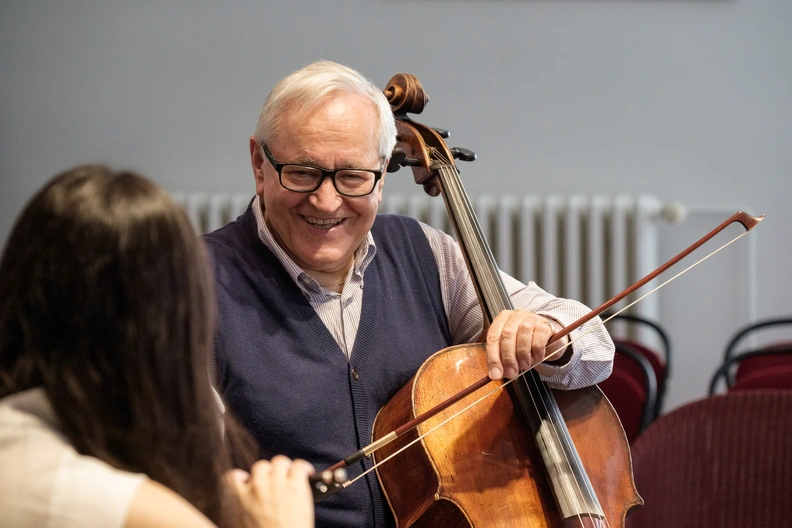
How one meaningful connection with a music teacher can open doors to college, scholarships, and a lifelong mentorship — starting now.
Read More
You don’t need fancy gear to capture talent — just these smart, affordable tips that could turn an audition video into a scholarship-winning performance.
Read More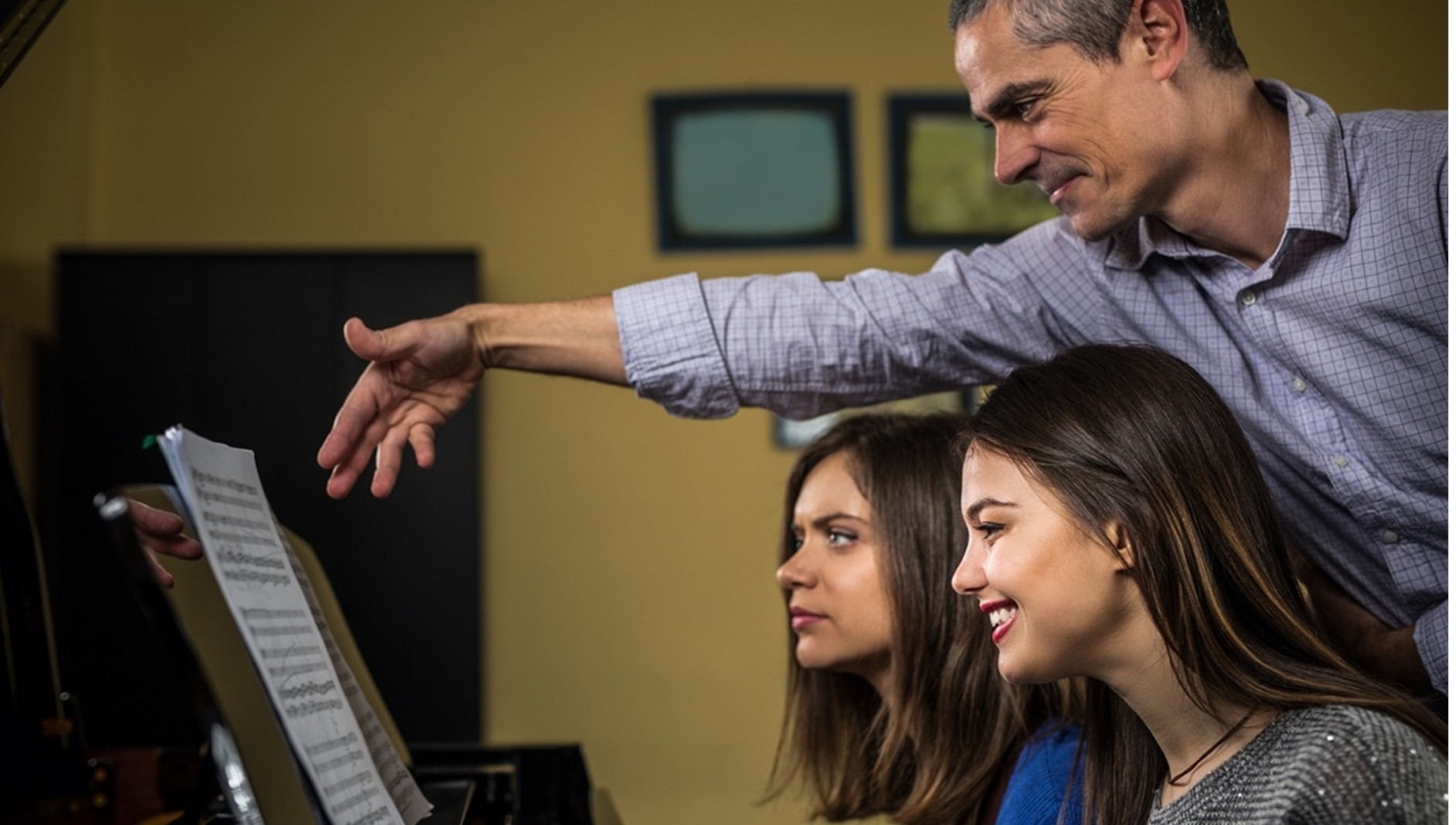
Discover why a liberal arts education isn’t just about academics—it’s a powerful launchpad for aspiring musicians to thrive in every stage of their careers.
Read More.jpg)
Choosing the right music degree isn't just about a major -- it's about mapping the future of your artistry. Discover the key differences between BM, BA, BFA, and BS programs and find your perfect path.
Read More
From educators, performers, and industry insiders who got tired of hearing “music isn’t a real career” and decided to answer with Broadway box-office receipts, royalty checks, and Grammy paydays.
Read More
Where Purpose Meets Performance: How Service Can Help Pay for Your Music Degree.
Read More
For those navigating the leap from talent to training and tuning both heart and mind to what’s next—this is your guide to finding the path that fits, connects, and inspires.
Read More.jpg)
A month-by-month roadmap designed to help aspiring music majors confidently prepare for college auditions—one scale, solo, and strategy at a time.
Read More.jpg)
Beyond the Name: Finding the Place That Helps You Find Your
Read More.jpg)
Discover the real perks, the hidden costs, and how to tell if coaching is the right
Read More.jpg)
Mastering college applications means mastering deadlines. Success hinges on precision, preparation, and unwavering commitment to each institution’s unique demands.
Read More.jpg)
Because affording your dream school shouldn't be a dream.
Read More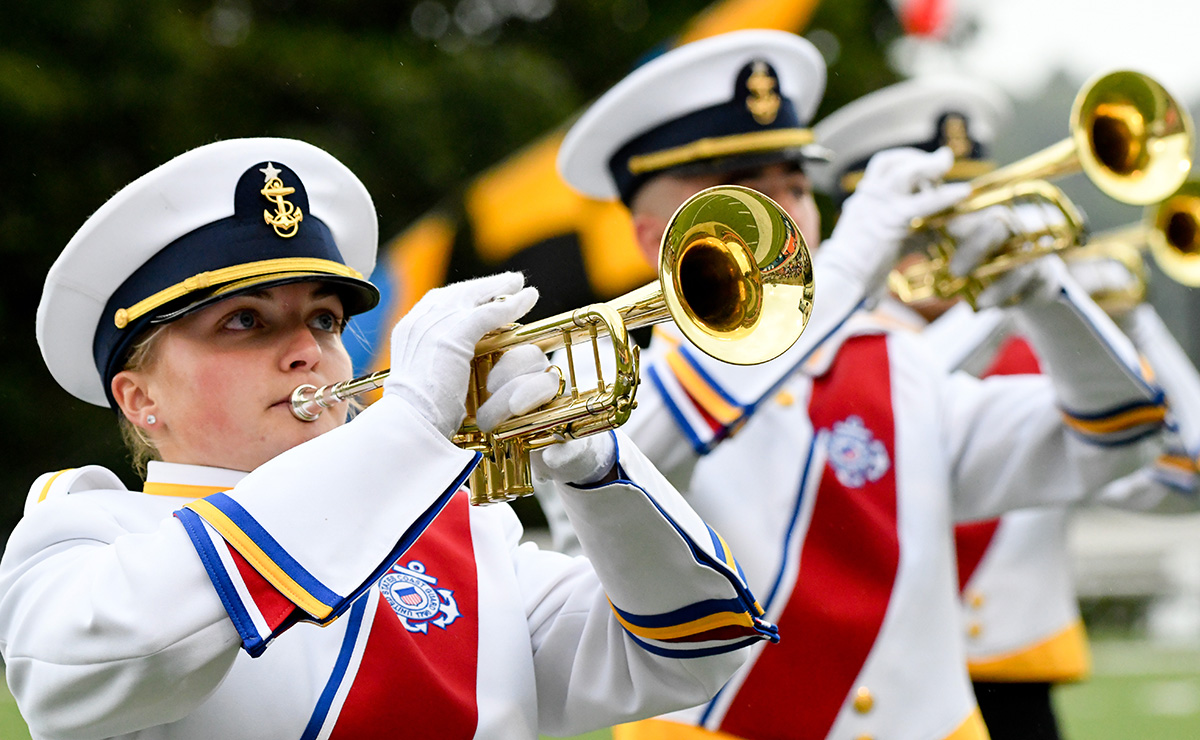
Where passion meets purpose — discover how talented musicians turn their love for music into a professional career serving their country.
Read More.png)
The music industry fuels the U.S. economy, driving schools to recruit creative, business-savvy students. Scholarships now target songwriters.
Read More.png)
How young artists can launch their careers and travel the world — without a college degree.
Read More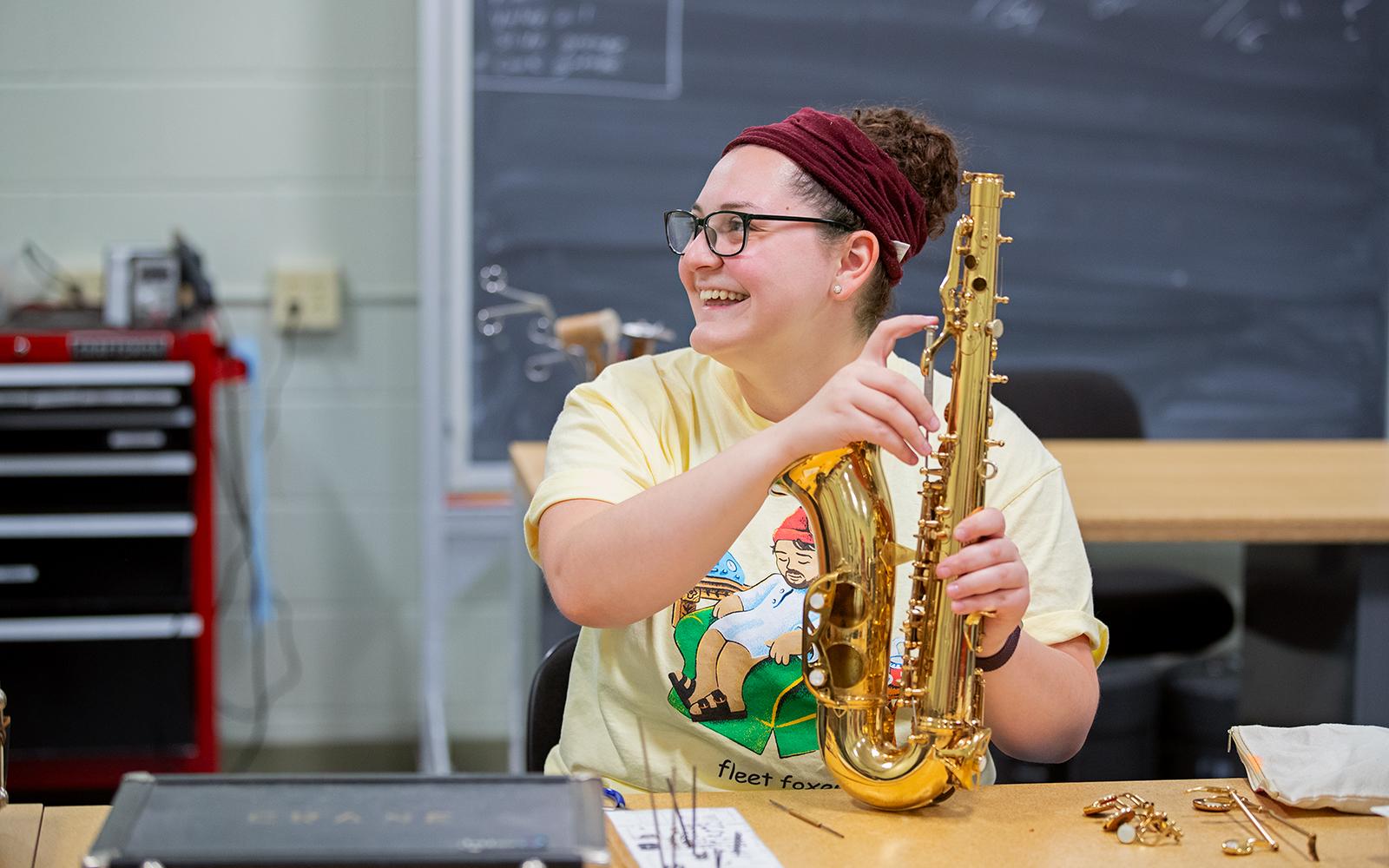
Because your talent deserves more than applause, it deserves a paycheck.
Read More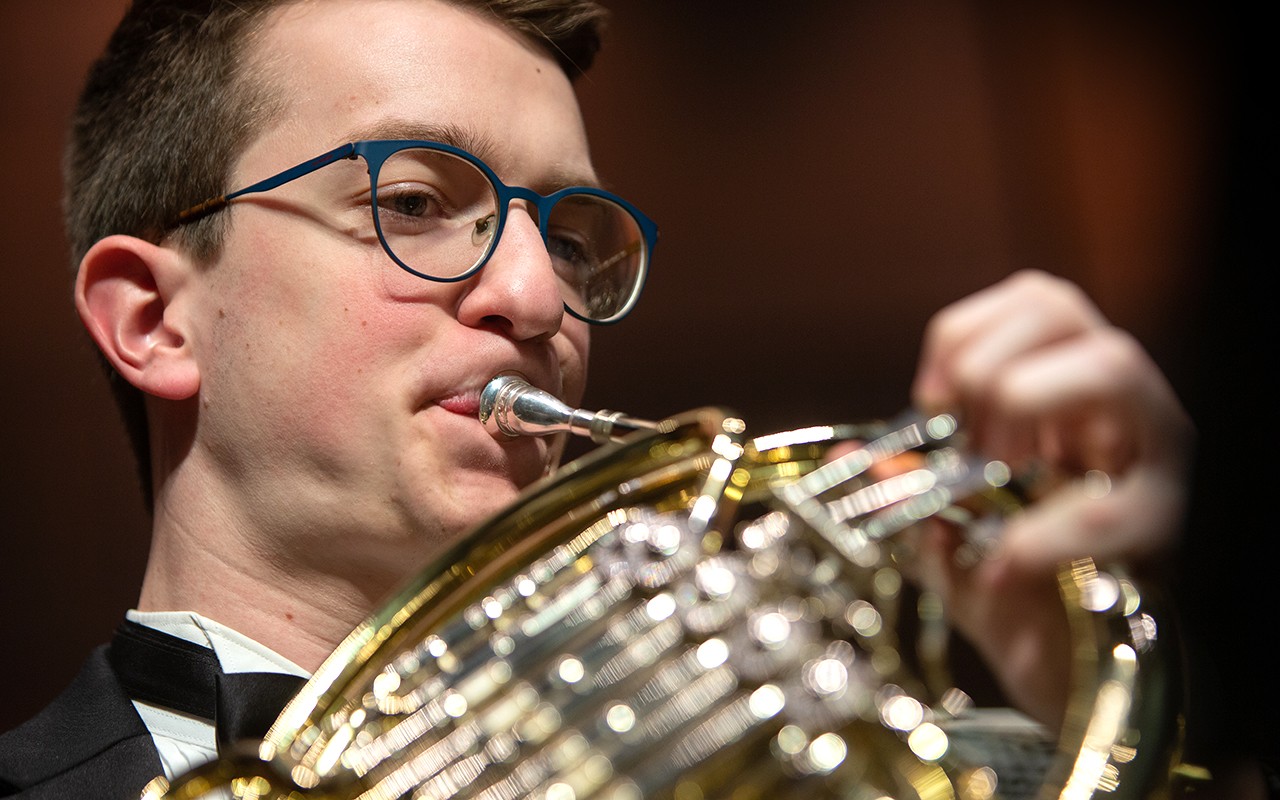
It’s not about impressing—it's about expressing.
Read MoreThe Accoladi Research Team is constantly tracking trends in performing arts collegiate recruiting, documenting scholarship procurement processes, and uncovering new resources for students and families. From the latest audition requirements to insider tips on securing funding, we’re always expanding our library— so, you can make informed choices with confidence.
